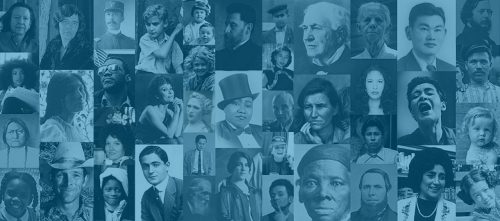Black History Month
Posted in In the news on February 1, 2021
Background
Black History Month is a yearly celebration of achievements by African Americans. It is a time for recognizing their important role in U.S. history.
Also known as African American History Month, the event grew out of “Negro History Week.” According to History, this was the brainchild of noted historian Carter G. Woodson and other eminent African Americans.
Since 1976, every U.S. president has officially designated February as Black History Month. Other countries around the world—including Canada and the United Kingdom—also dedicate a month to celebrating Black history.
Origins

February is Black History Month. Image via Smithsonian.
The story of Black History Month began in September of 1915. Woodson and minister Jesse E. Moorland founded the Association for the Study of Negro Life and History. The group researched and promoted achievements by Black Americans and other peoples of African descent.
They sponsored a national Negro History week in 1926. The organization selected the second week of February because it coincided with the birthdays of Abraham Lincoln and Frederick Douglass. Schools and communities became inspired by the event. They organized celebrations, established history clubs and hosted performances and lectures.
In the decades that followed, mayors of cities throughout the country started to recognize Negro History Week. By the late 1960s—thanks in part to the civil rights movement and a growing awareness of Black identity—Negro History Week had evolved into Black History Month on many college campuses. In fact, the first recorded celebration of Black History Month took place at Kent State University in 1970.
In 1976, President Gerald Ford officially recognized Black History Month. He asked citizens to “seize the opportunity to honor the too-often neglected accomplishments of black Americans in every area of endeavor throughout our history.”
2021 Theme
This year’s Black History Month theme is “Black Family: Representation, Identity and Diversity.” It explores the African diaspora, and the spread of Black families across the United States. There exists a wide-ranging diversity of black family life—from single to two-parent households to nuclear, extended and bi-racial.
Source: History